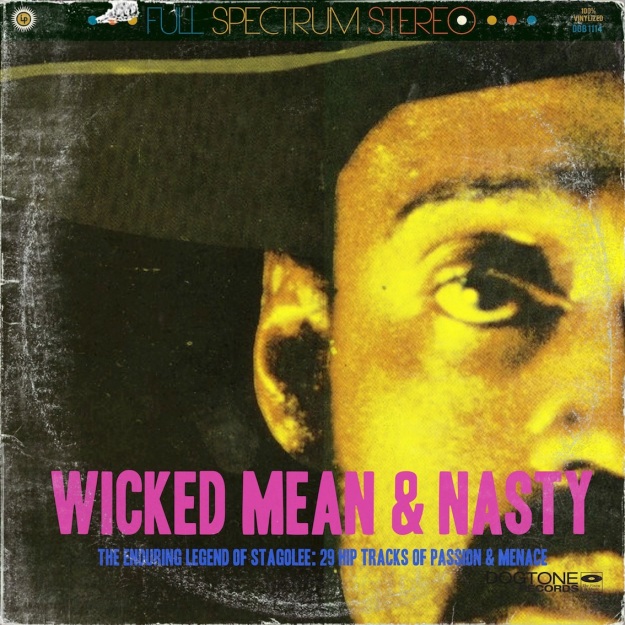Asaf Avidan is, he is keen to point out, a singer from Israel and not necessarily an Israeli singer. What that means, for him, is that by a twist of fate, he was born into a Jewish family in Israel. That fact does not require that he as an artist speak to, or about, or for, or against anything happening in political world of the Middle East. Indeed, it appears that only aspect of being Israeli that bugs Asafis that interviewers always ask him the same tedious question about whether he feels he must speak out about the actions of his country, in his music.
Here’s his response to one such question: I think it’s a bit unfair, considering that citizens from the U.S.A or U.K or Europe, sometimes have just as much political explanation to give, in regards to their governments actions… But I take it as it is. It won’t help to bitch about it. “Israel” inspires a certain chain of thoughts in people, who cannot make the same separation they bestow upon other nationalities… I try to explain the complexity of the situation or to give my opinion about it… but that’s all it really is… one’s subjective opinion about a tapestry of conflicting dogmas and beliefs. I think an artist should be honest with himself… that’s all an artist’s role is to me. If he feels he needs to depict the outside world or his inner conflicts, social war, or personal love… that’s up to him really.
When you first hear Asaf sing (he was the lead singer and guitarist of his band, the Mojos) your reaction is ‘wow, she’s got a unique voice.’ So feminine is it that one is knocked slightly off kilter. Is this a put on? It’s not a falsetto and yet it is beautiful. It is not Tiny Tim kitsch and yet it is very delicate and not at all what you’d associate with a mojo. Asafis a million miles away from Muddy Waters, the man more than any other who introduced that weird word into our vocabulary.
And neither is this blues. Rather it is a sort of folk music stripped of emotional excess and preciousness, delivered with a look you in the eye simplicity. Don’t get the idea that this is Asaf strumming his acoustic guitar. No. There are layers of instrumentation in this music that evoke gypsy bands and country bars. There are Dylan and Cohenesque lyrics that are not derivative, and even some good rocking tonight. And always there is that voice… that voice. Somewhere between a keen and a wail, haunting and reassuring.
This is a treat. Listen to it often to get to the marrow.
Track Listing:
01 Brickman
02 Poor Boy/Lucky Man
03 Got It Right
04 My Favorite Clown
05 Small Change Girl
06 The Ghost Of a Thousand Little Lies
07 Wasting My Time
08 Jet Plane
09 Little Stallion
10 Your Anchor
11 Losing Hand
12 Painting On The Past
13 Out In The Cold
14 My Latest Sin
++++++++





















